NatureNature Language
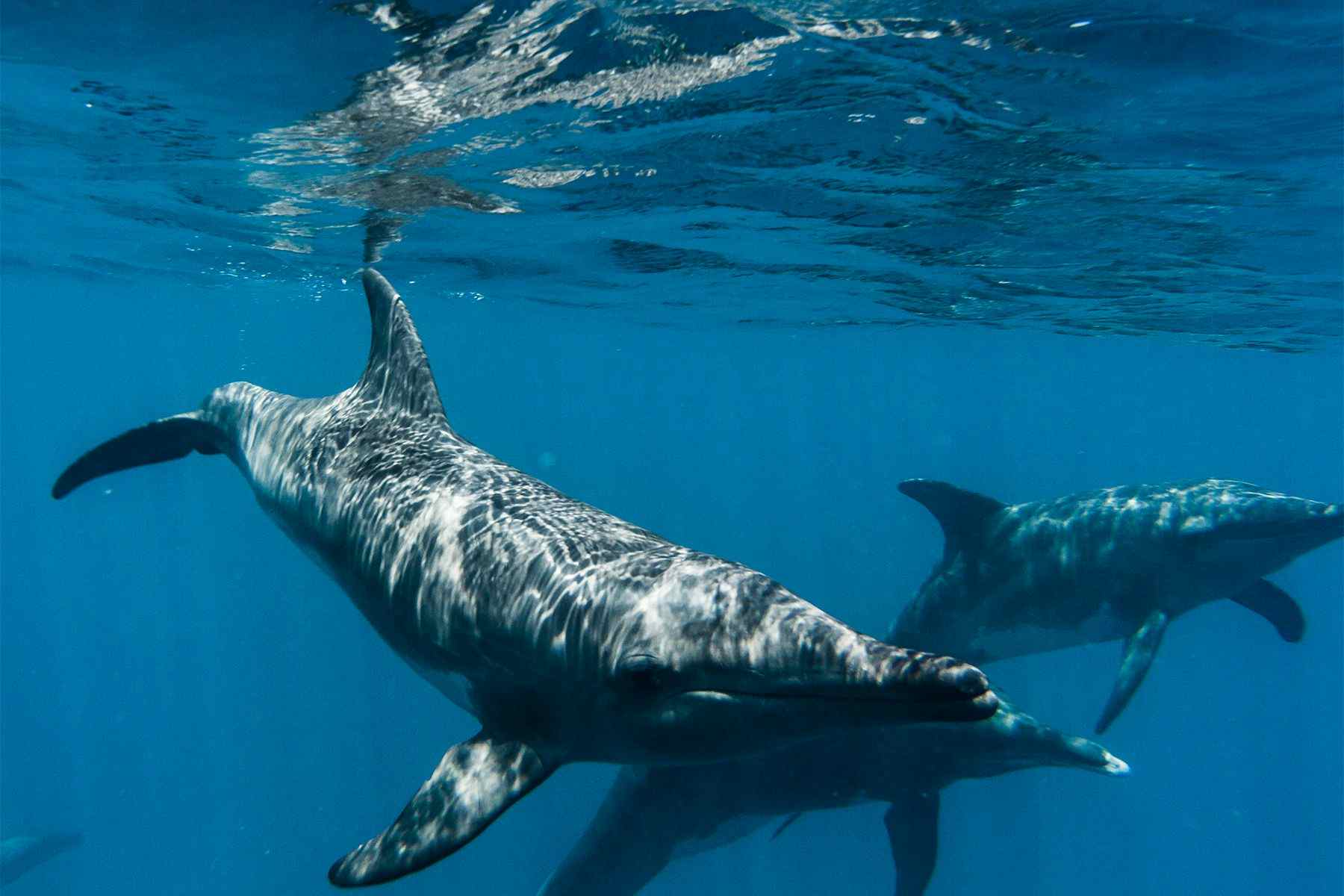
How Encounters With Marine Animals Can Positively Affect Human Mental Health
As surfers, we sometimes have the joy and privilege to encounter marine animals whilst floating in the brine. These are often special meetings, and anyone who was attuned enough to the experience has felt the power of the interaction. Your heart pounds faster; your mind seems ecstatic and static at the same time. The flow of emotions is deep and genuine, straightforward and ingenuous – there lies the sense of connection, the “belonging” so many talk about. In moments like these, our anthropocentric lens zooms out, giving way to a less utilitarian and more naturalistic view of animals, a view that puts them as equals, a taste of the ecocentric worldview we so need to curb the current environmental crisis.
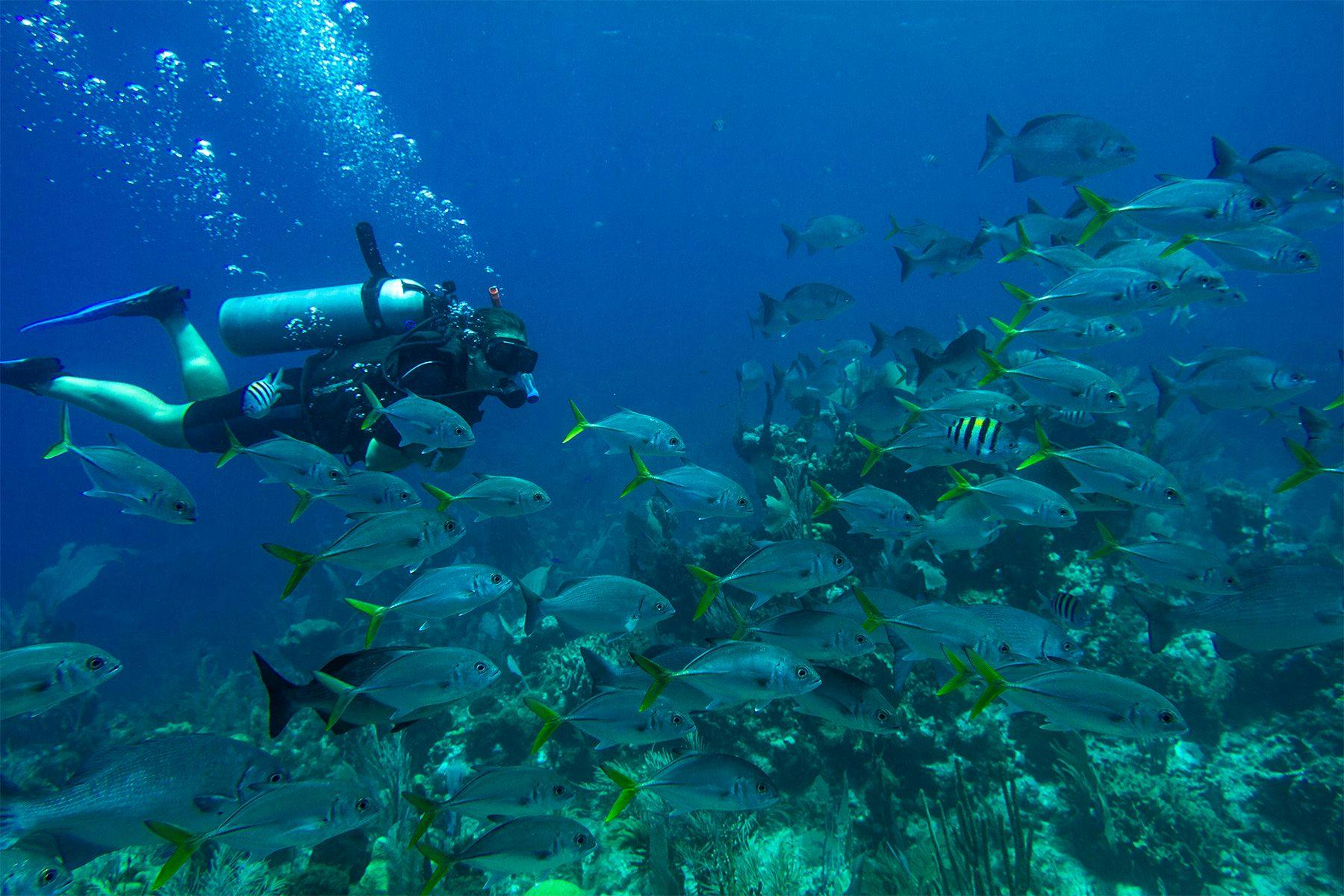
These kinds of tête-à-tête, and indeed the emotions they bring forth, have been studied in the emerging field of Human-Animal Interactions (HAIs) research; an area that seeks to explore the human mental health benefits these interactions promote, not only to move toward the aforementioned ecocentric perspective but also to highlight the potential reciprocal benefits wildlife experiences have on environmental behaviours and, as such, find ways to enhance them.
Dr Rachel Yerbury, a psychologist of the Illawarra Health and Medical Research Institute (IHMRI) at the University of Wollongong, Australia, is an academic working in this field. A proponent in eco-psychology, Rachel, who is also an avid swimmer, diver, and a daily observer of the ocean who has lived by the coast since she was 5 years old, has tapped into her personal relationship with the ocean to back her research on human-animal relationships.
“I have always felt a connection with animals, especially ocean animals; so, I decided to do my PhD about them. What I studied was people’s connection with nature and animals and how this affects their psychological wellbeing. I also wanted to see whether contact and connection affected their likelihood of becoming more caring for nature and animals and more environmentally responsible.”
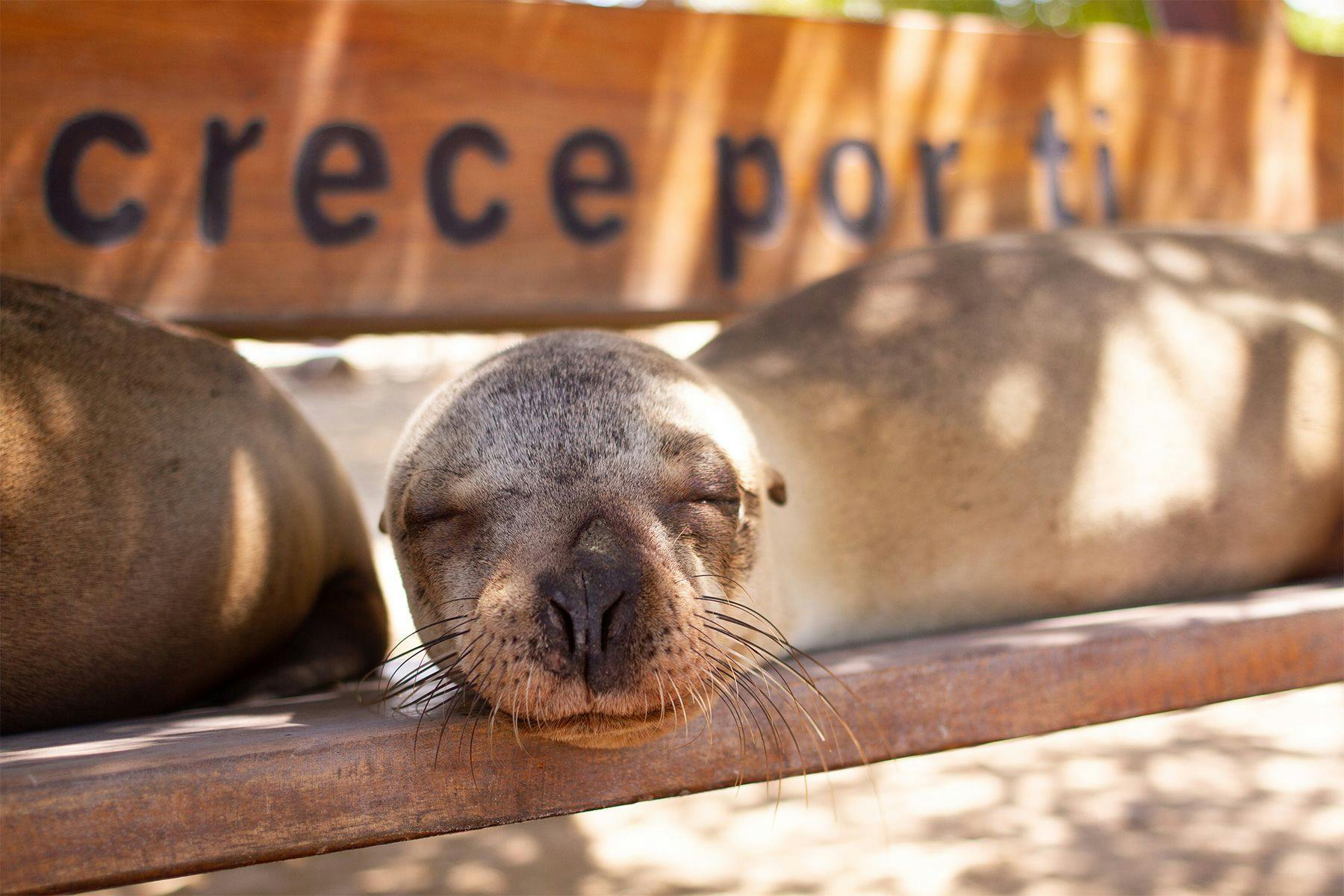
In a paper published this past March on MDPI Journal, Rachel and her colleague, Samantha Lukey, drew on previous studies by Peter Kahn and colleagues, who propose the development of a “Nature Language” as a specific dialect to express human-nature interactions, and applied the approach to the marine environment. According to Kahn, there are two main elements within a Nature Language – Interaction Patterns (IPs) and Psychological Descriptions (PDs). The first are a form of characterising the framework of human-nature engagement; the latter refers to portion of each person’s Nature Language that deals with personal reflections and feelings over a given experience. With that as a premise, Rachel and Samantha observed the IPs and PDs that occurred in a series of accounts of marine animal encounters to shine a light on the human mental health benefits such interactions could provide.
“A Nature Language is a way for people to recognise and verbalise the actions that they are doing in relation to nature; like when we walk along the beach we are ‘walking along the edges of nature.’ If we verbalise what we are doing when we interact with nature, we keep the nature relationships alive. And as with any language, if we lose our nature language, we lose the ability to talk and communicate and to express meaning about our relationship with nature. If we don’t have the words or phrases to talk about how we interact with nature, what it means and how it affects us psychologically, we lose the ability to pass on stories, narratives and to continue the relationships.”
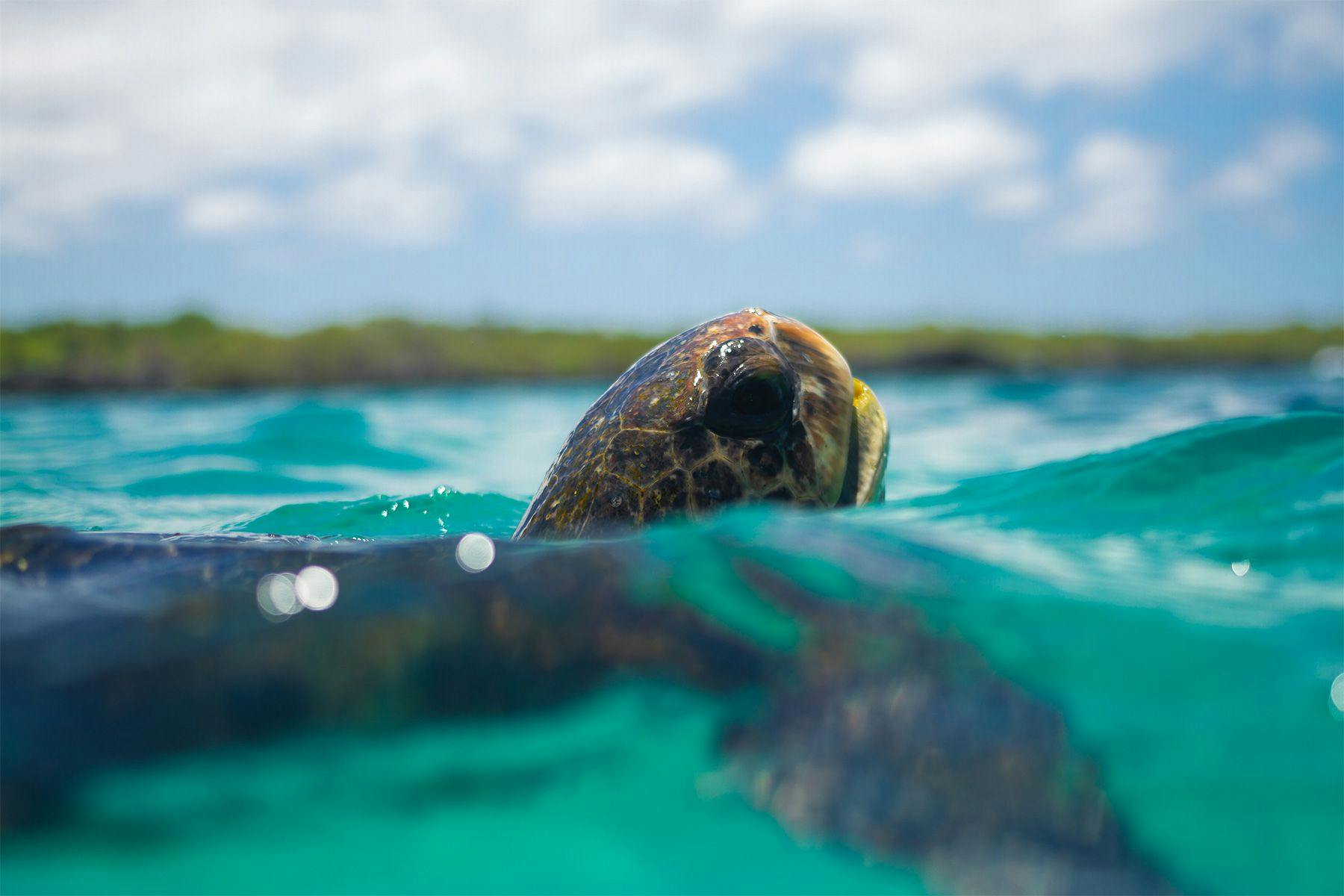
Participants were recruited via social media posts as well as three Australian wildlife ecotour companies’ customer emails. Over 700 people completed the survey, out of which roughly 300 (96% Australians; 77% female) responded to questions about how their experiences – from diving to surfing, swimming and kayaking – with marine animals such as rays, seals, turtles, sharks, and dolphins affected their nature connectedness. A thematic analysis was carried out to code the responses according to participant expressions, from which five nature Interaction Patterns (Encountering animals that can harm; Encountering/watching wildlife; Interacting with the periodicity of nature; Reading the signs of nature; Recognizing & being recognized by a non-human other) and four Psychological Descriptions (Positive emotions, Perspective gaining, Esteem and fulfilment, and Love, belonging, connection)were identified.
Among the PDs, the most common was Perspective gaining (235 references) followed by Positive emotions (239 references), the latter having 70 co-occurring descriptions with Encountering/watching wildlife. In their descriptions, many participants made use of similar phrases and expressions when referencing HAIs (e.g. “eye opening”, “humbling”, “insights”, “appreciation”, “magical”, “magnificent”, etc.), thus revealing that nature interactions are innate to the human experience and consciousness. Based on the findings, researchers were also able to conclude that a) people’s mental health and wellbeing may be enhanced when they encounter animals in their natural environment, and b) human-animal interactions increases the chance of people “giving back”, which, in turn, may promote caring for nature and animals.
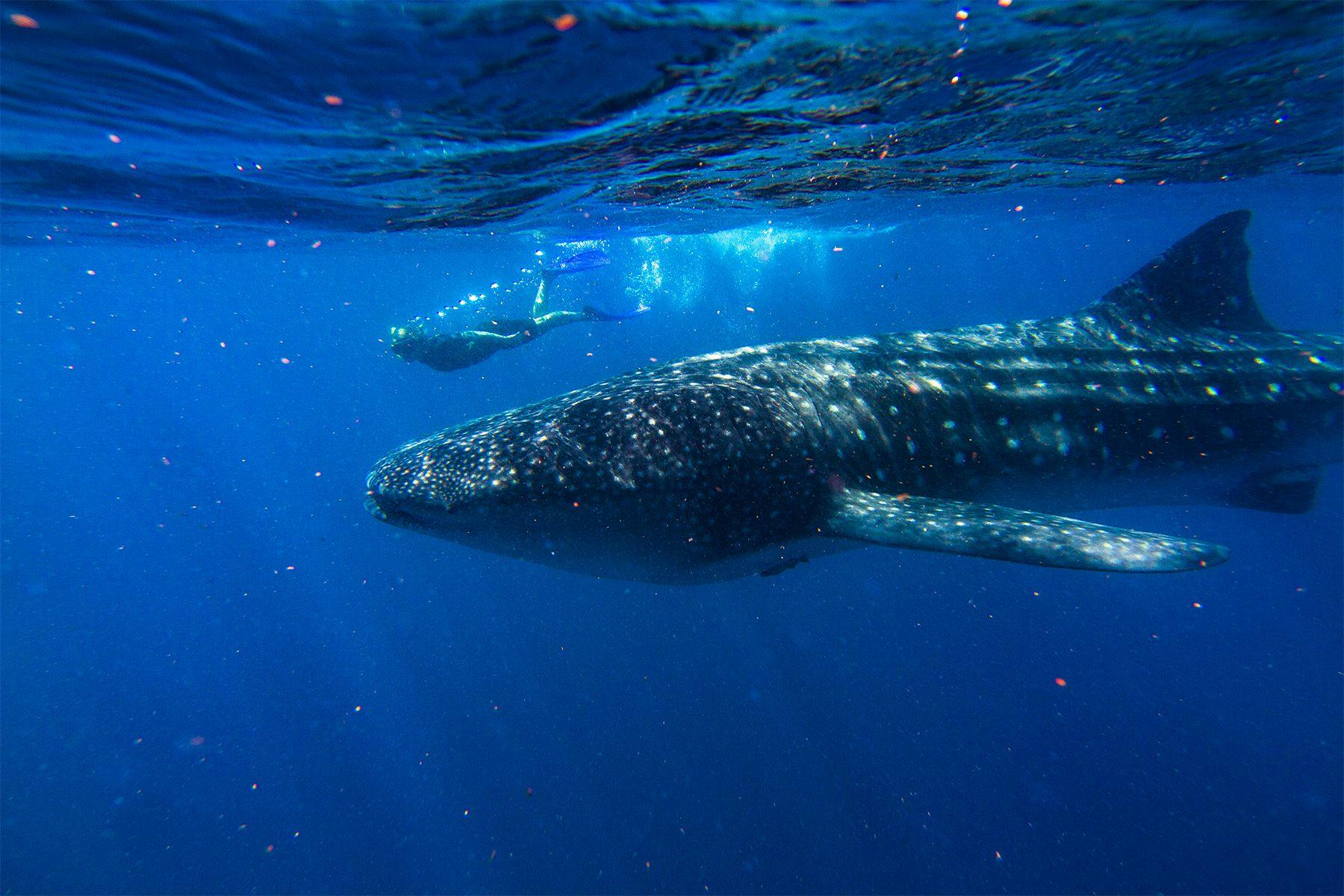
According to Rachel, the most important finding indeed related to this change in perspective; how when people gain benefits from interacting with marine wildlife, they also gain insight and perspective and begin to see things differently, as seen in the statement ‘I was out surfing one fine day and a few dolphins swam near me. I think they were showing off as they were surfing the waves like me. I believe that dolphins are amazing and intelligent just like us humans, they also have character.’” Another important, if even more abstract finding, related to the “losing” of our Nature Language, a theme that has been discussed in other literature, and which was evidenced in this study by the way some participants couldn’t quite articulate what they felt during the interaction with a wild animal. This loss of Nature Language has often been linked to our detachment with the land – something that, in contrast, is still very much present in indigenous cultures – and our tendency to see everything through the aforementioned anthropocentric lens. As Rachel highlights in the paper, “the act of ongoing colonial hijacking and attempted erasure of First Nations knowledges has resulted in reduced understanding of human-nature interactions,” as well as a decrease in our awareness and understanding about animals, which could encourage reciprocal acts such as nature conservation.
“First Nations thinking, from what I have read and heard talked about, maintains that we can’t have separateness from our environment. That if the earth is sick, so are the people. That the systems linking people, land, ocean, animals, trees, etc., are all interdependent and interconnected, and we need all the parts to be healthy for complete flourishing.”
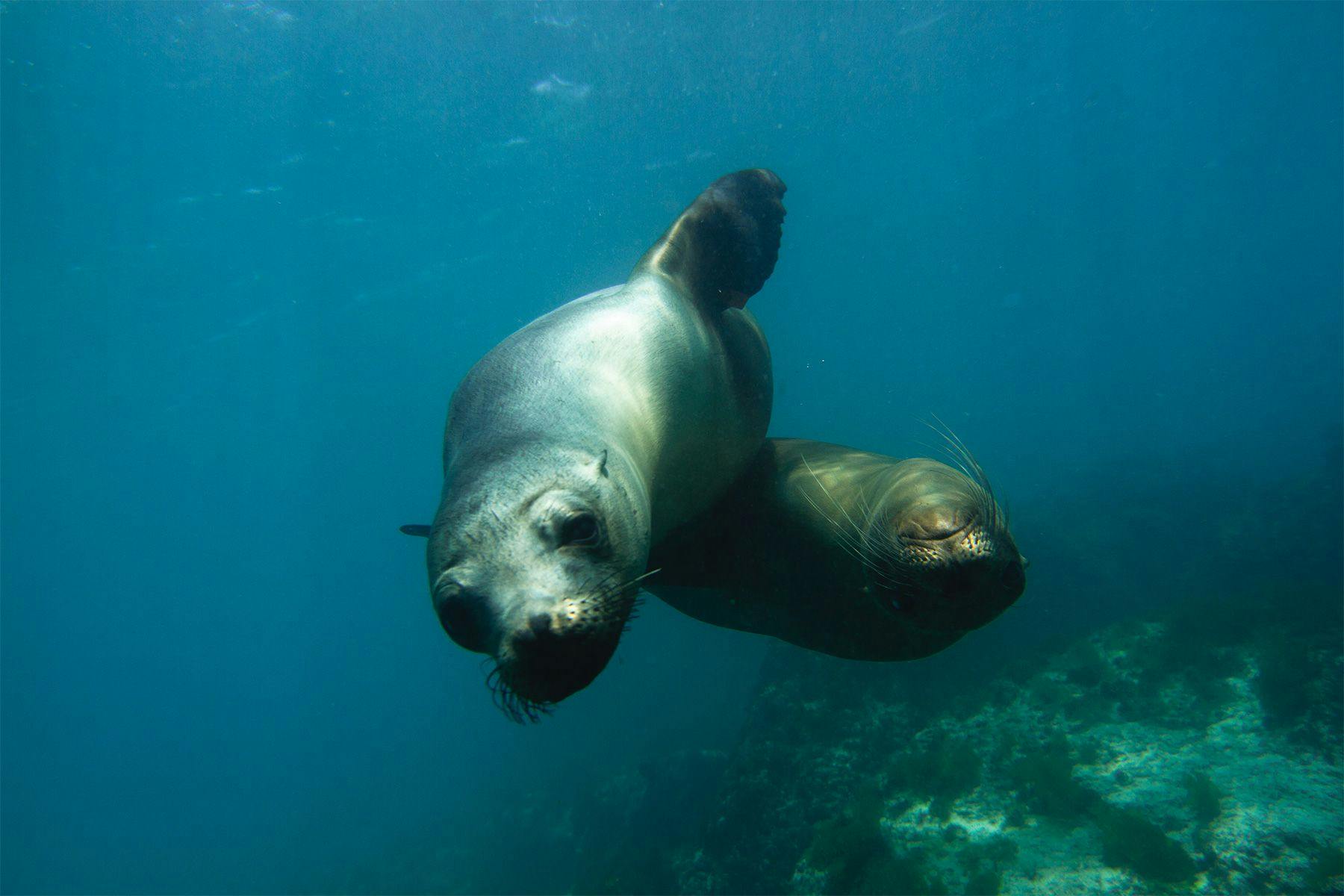
Among the surfers she interviewed, Rachel found two main nature IPs that their responses fitted under. “One pattern was Interacting with the periodicity of nature and included descriptions of surfers riding the waves alongside dolphins, such as ‘The connection with wild dolphins surfing the waves…in one of nature’s theatrical performances was extremely beautiful to be a part of.’,” she says. “The other common IP for surfers was Recognising and Being Recognised by a Non-Human Other which included descriptions of surfers feeling as though marine animals were connecting with them, through eye contact or coming close to them.”
“I bodyboard and surf quite often and had the pleasure of having a pod of dolphins come and play with me on the waves, surfing alongside of me. One on either side and one below – and I had five other surfers who witnessed the experience tell me about the dolphin below me. Awesome and amazing”
– (Recognising and Being Recognised by a Non-Human Other)
“In terms of psychological descriptions, surfers’ responses indicated various psychological descriptions, the most common one being Love, Belonging, connection,” says Rachel. “There weren’t many descriptions that fit under Perspective Gaining for surfers, and I wonder if this could be because surfers already have the perspective of being able to see from the viewpoint of nature and animals due to their regular contact and connection?”
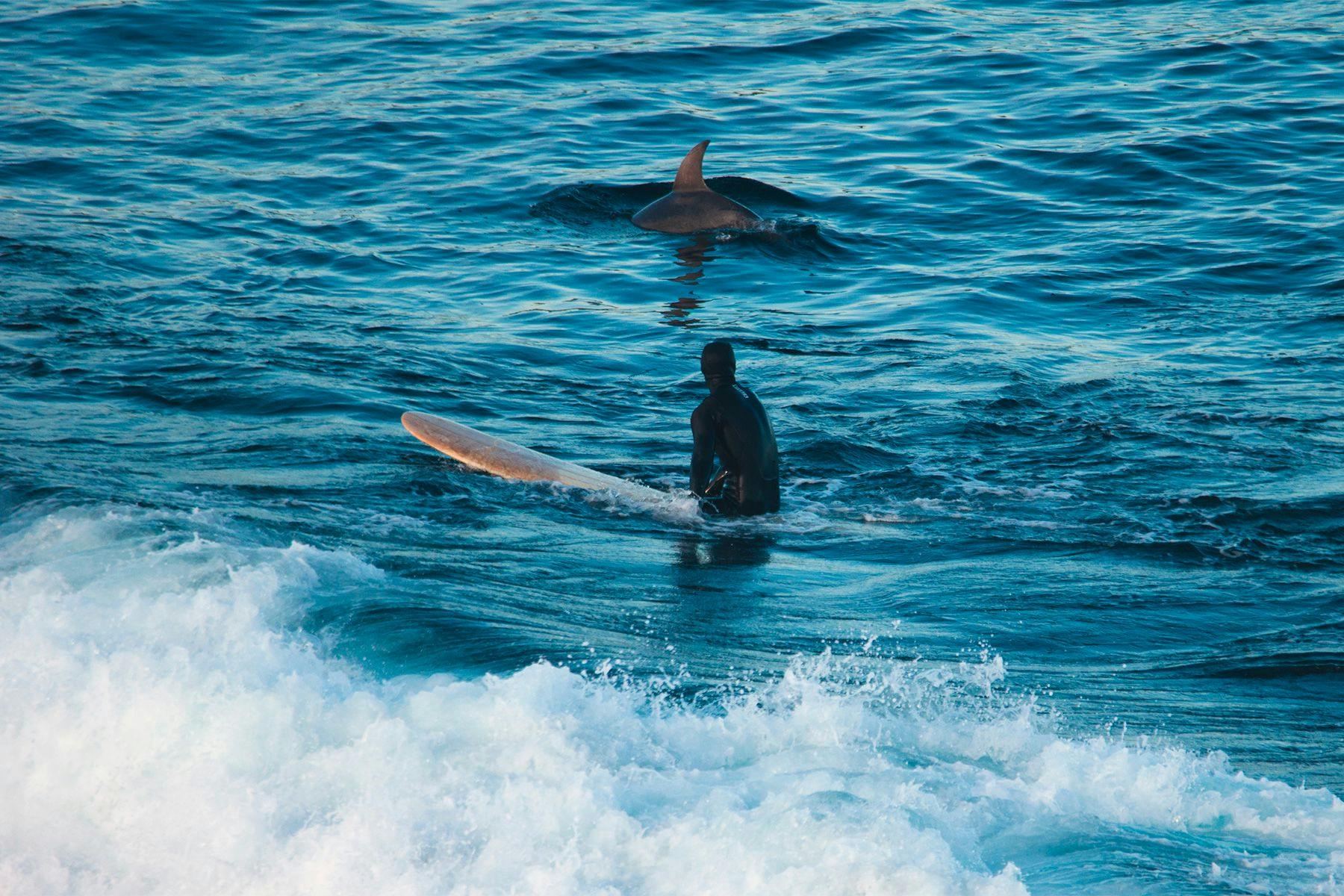
The narratives in this study also pointed to the notion that the more positive and connected the person felt toward the animal(s) their interacted with, the greater their affinity with the natural world in general. So when asked if there are specific ways – not to say techniques – that can help us exercise our nature language and deepen our connection with a wild animal in the moment of the encounter to produce richer outcomes for both, Rachel affirms that it comes down to consciously observing and immersing oneself in the experience.
“Awareness about what is happening around you when you are in nature lets you notice the intricacies and special processes and patterns that you may otherwise miss. I think that surfers, as a group of people (if I can generalise), already do this as part of surfing. Surfers tell me that the meditative opportunities while waiting for waves, with no phones or technologies, allows them to focus on the ocean, its patterns, movements and perhaps even the sea life around them. If you are completely absorbed in an activity and you are also experiencing some challenge as is the case in surfing, then you can experience a flow state in which everything else falls away.”
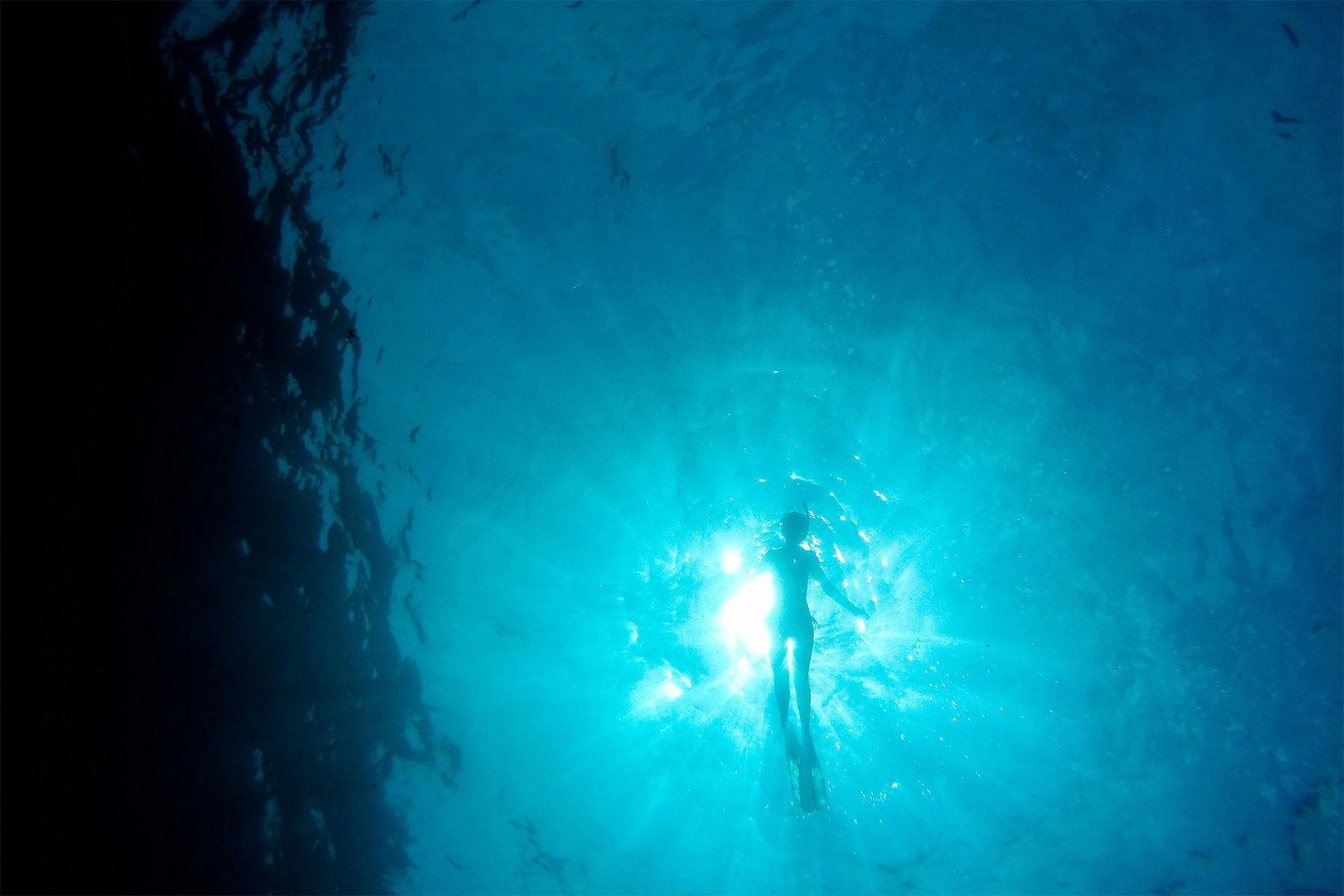
When asked about the duty surfers have to care for the marine environment, Rachel remarks that, even though all people have a responsibility to care for nature, given their position, surfers are indeed uniquely placed to be advocates for nature and animals. “I think that because surfers are the ones out there in the ocean, and see the oil, and sewage, and plastic, and dead animals, they know first-hand the impact that people are having on the oceans,” she says. “Having that close contact and connection allows surfers to model and promote mindful and healthy interactions with the ocean and to fight for keeping the ocean clean. For example, when Australian surfers recently united to “Fight For The Bight,” they were listened to – and what an amazing victory!”
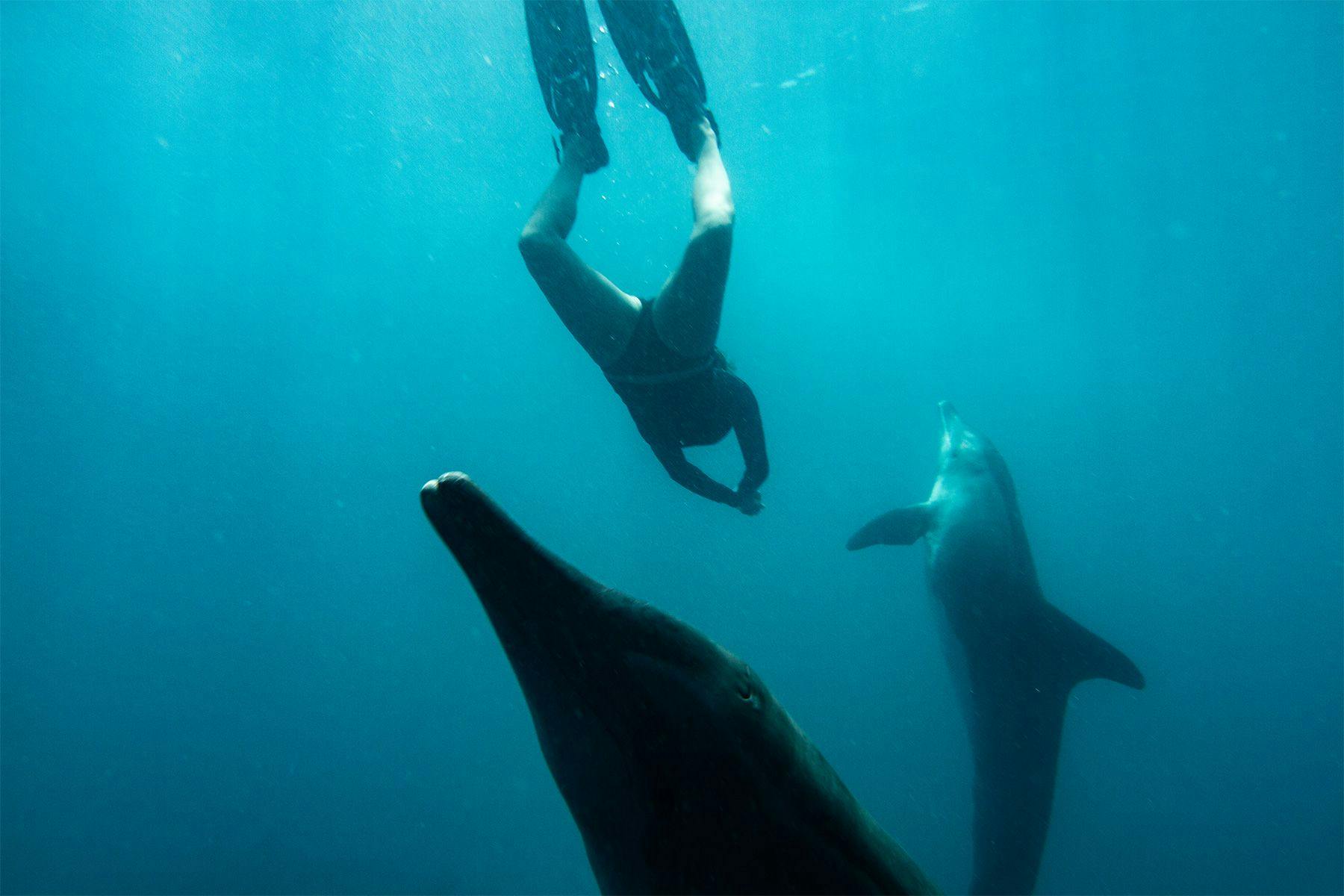
Although it doesn’t assess shifts from anthropocentric to ecocentric views per se, the study blueprints a means to expand nature perspectives, and thus come closer to reaching increased reciprocal behaviours, by way of enacting the Interaction Patterns associated with human-animal interactions. “The study showed a link between nature contact through marine wildlife interactions, nature connection, and environmental behaviour,” says Rachel. “It showed that nature connection can occur through marine wildlife experiences, and so animal contact as well as nature contact is an important part of how people can be encouraged to care for nature.”
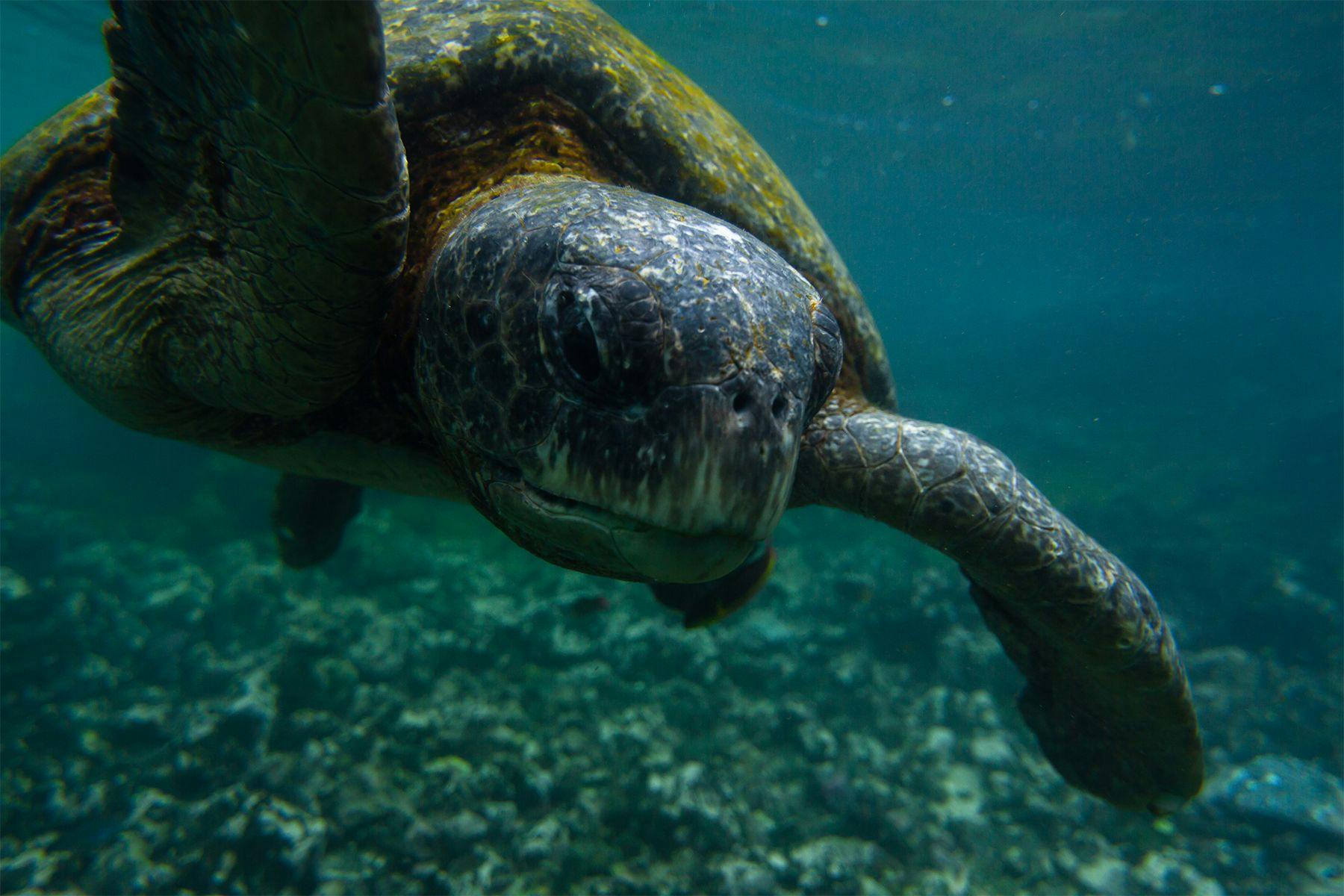
Perhaps more importantly though, the study also revealed that, by giving voice to these Interaction Patterns, we can reconnect both with our innate voices and the external stories the modern world has encouraged us to alienate from. So again, as surfers who sometimes have the joy and privilege to encounter marine animals whilst floating in the brine, perhaps we have the duty to play a more active part in making sure these stories and species are perpetuated. “I believe that nature contact is the first step in encouraging people to care about nature; if someone doesn’t have much contact with nature, they won’t build that connection,” concludes Rachel. “The connection is what helps people see from the viewpoint of nature about what nature needs and also the impacts that humans are having on the environment.”
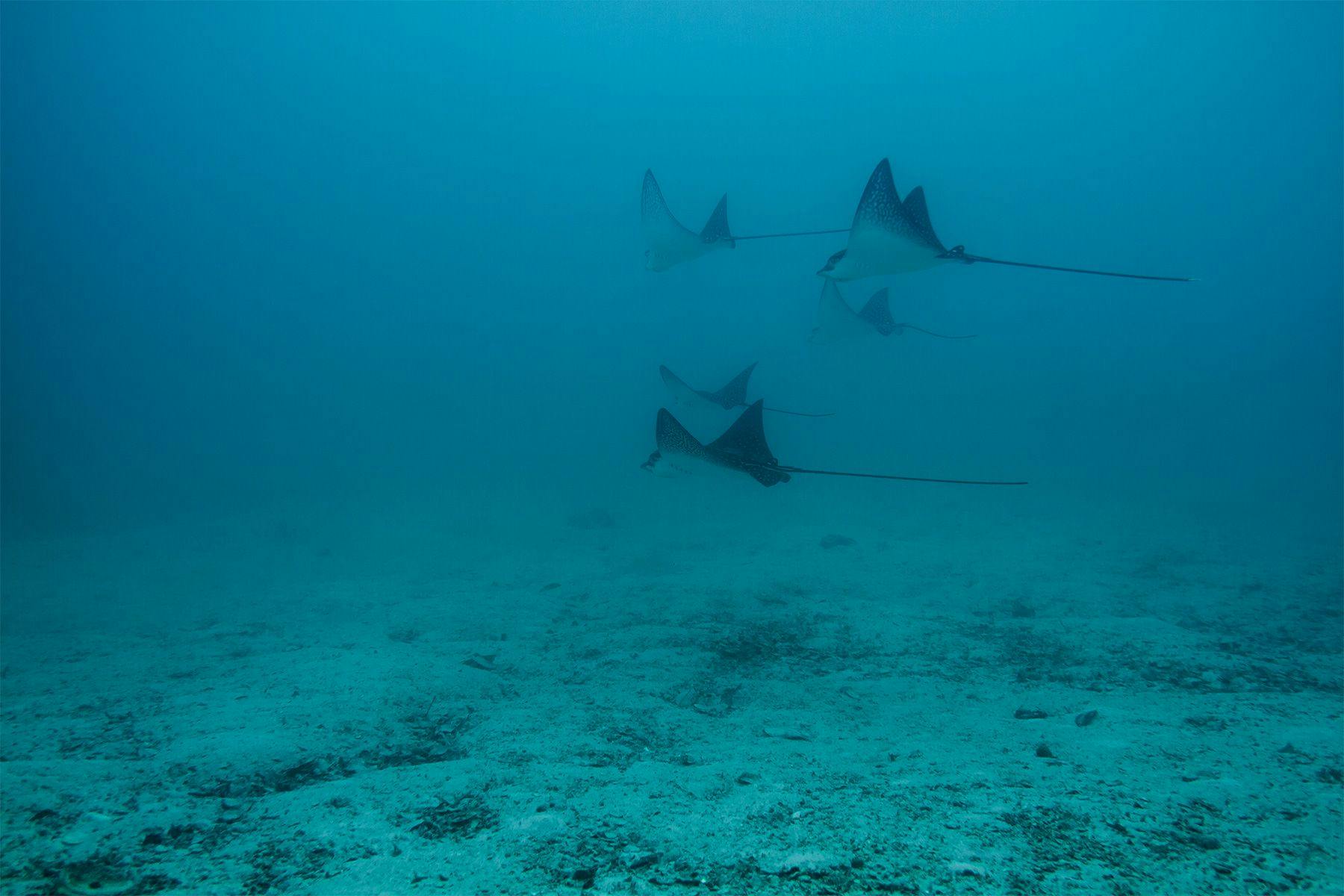
*****
The author and Surf Simply would like to thank photographer Joel Sharpe for his photos and Dr Rachel Yerbury for her assistance with the article. For further reading, Rachel recommends “Sand Talk” by Tyson Yunkaporta, which explains how the First Nations Australians way of thinking is the path for people to understand how to reconnect and care for country. And for more incredible images of wildlife, check out Joel’s conservation-focused production company, WildArk Productions.
Reference: Yerbury, R.M.; Lukey, S.J. Human–Animal Interactions: Expressions of Wellbeing through a “Nature Language”. Animals 2021, 11, 950.